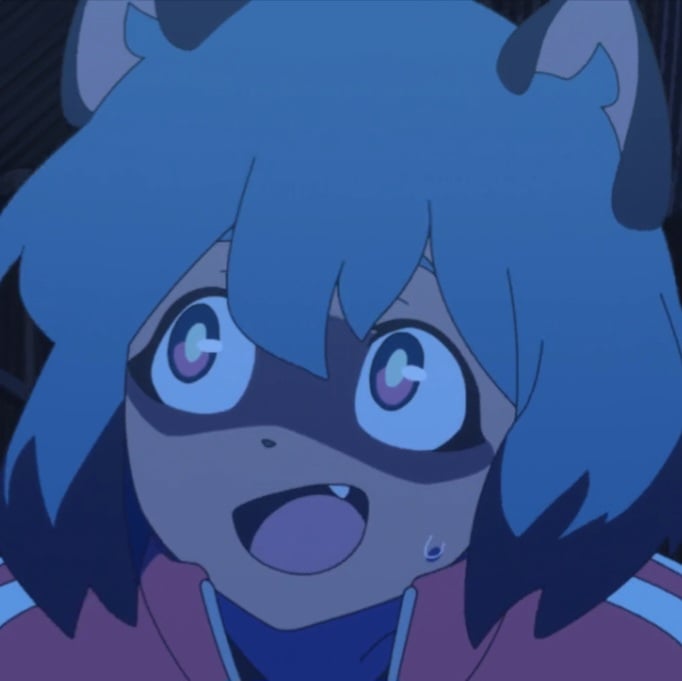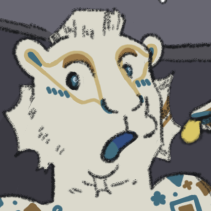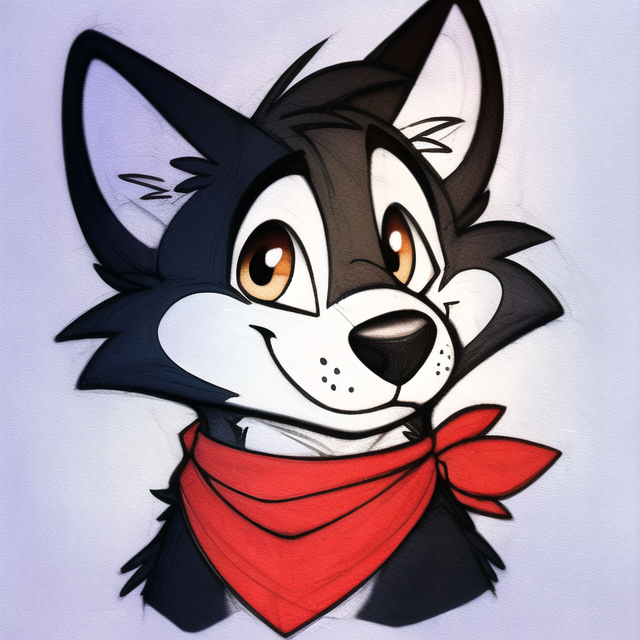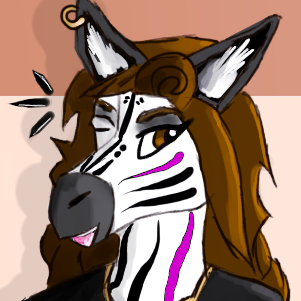I’m interested in writing anthro stories, however, one problem I often worry is how I can imply that my character is anthro.
I can state the species of the character I’m writing, but I’m afraid that the reader will think the character is an actual animal instead of an anthrophomorphic one.
If I mention that the character is a dog, for example, the reader may think that they’re an actual dog instead of an anthro one. While I can explicitly mention that the character is an anthro, whether at the beginning of the story or inside it, that does feel a little clunky. Writing “as the anthro dog walked around” feels forced.
I guess I can use descriptions to imply the character walks upright or is anthrophomorphic in some way, but that might cause exposition dump, and if I spread the description over the course of the story, it may cause the reader to lose context for too long. After all, it’d be bad if the reader doesn’t realize the character is anthro until halfway through the story.
So, how should I approach this?
Generally I like to give a physical description without saying a species. Have your character(s) do human things- like drive, go to a restaurant, work, etc. If it’s more fantastical you can have them wield physical weapons that require hands. Subtly mentioning any clothing could help too- maybe their feet pinch from their heels, or they tuck their pants into their combat boots. Then on top of these “mundane” descriptions you sprinkle in the unexpected clawed paws, tail, snout, etc
Totally agree with this. That seems like an approach I would enjoy reading.
Basically, write them as if they’re humans with animal traits? Seems like a good idea
TL;DR have some faith that the reader can figure it out.
Making the character do literally anything that an ordinary animal couldn’t is good enough. It’s also fine to have “the reveal” come a little later.
In the first sentence of the first chapter of the first book of Redwall, Brian Jacques establishes that this character is anthro:
Matthias cut a comical little figure as he wobbled his way along the cloisters, with his large sandals flip-flopping and his tail peeping from beneath the baggy folds of an oversized novice’s habit.
As others have mentioned, clothes are a nice shorthand. Here, Matthias has sandals AND a tail – that’s all the information we NEED to establish the fact he’s furry. But there’s more: the fact Matthias is described as a “novice” implies some sort of hierarchy or social structure which hints at humanness in my opinion.
It’s an example of how the reader can learn about this world at the same time we move the story along – Matthias is DOING something. No exposition per se is needed.
It’s not until a few sentences later we learn that he’s a mouse – “The young mouse squeaked in dismay” – but that’s fine. In the opening moments of the story, Matthias’ awkward appearance from his clothes not fitting is more important than the fact he’s a mouse.
This is probably the best way, imo. There’s no need to be overtly hand-holdy, most readers are astute enough. Some reference to humanity and some reference to non-humanity should be enough to prime readers into thinking something is not normal.
A single paragraph like
Zorian combed his hair, forcing his ears down with it, muting the world around him until they sprang back up.
Conveys both a human action and inhuman attribute.
You can also replace human-targeted words with animal-targeted ones in human contexts, like so:
Zach’s paws were shaking in anticipation, and he had to exert conscious effort to make them stop.
With the priming done, less subtle information can then be dolled out throughout the story, and then when a species descriptor appears, chances are it just confirms reader’s suspicions, and they won’t be read nearly as abrupt as if they were the first thing they read.
In addition, for non-PoV contexts, I feel it’s possible to go for a more direct approach without it seeming so jarring, like so:
Three dogs sat equidistant from each-around around the circular table, their hands holding five cards each, all displaying the comfort of those for who this is a regular activity, while still holding the tenseness associated with gambling things you can’t lose.
You can talk about the animals wearing clothes. Also, I like the word “humanoid.”
The humanoid wolf put on his bomber jacket.
or maybe just:
The wolf put on his bomber jacket.
In (low) scifi at least, you’re looking for “uplifted dog”. That should give your reader the general vibes of what’s needed. Think basically Marvel’s Rocket (Raccoon).







